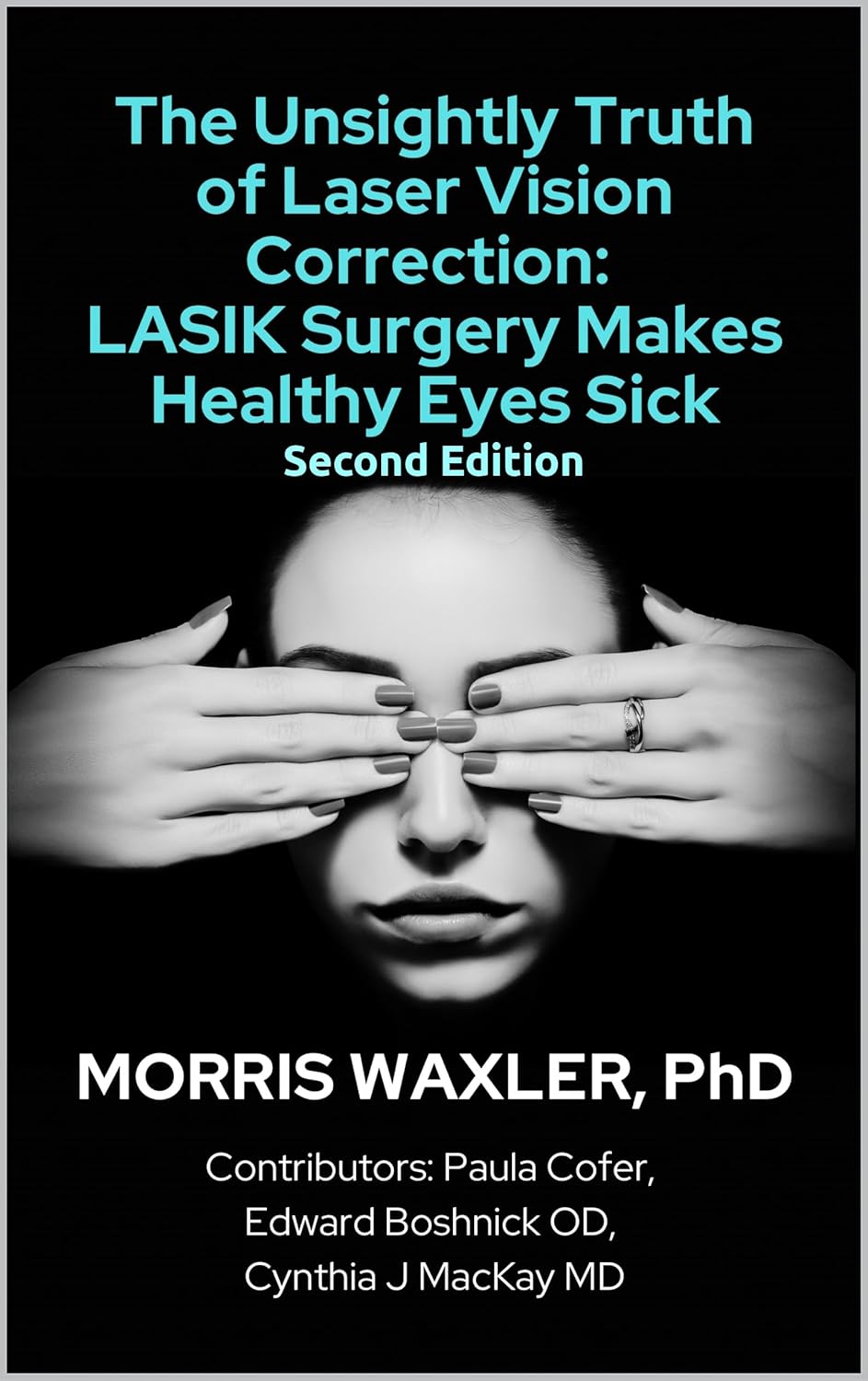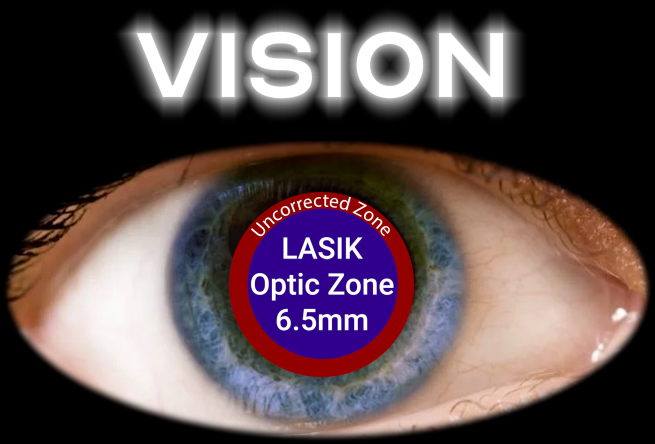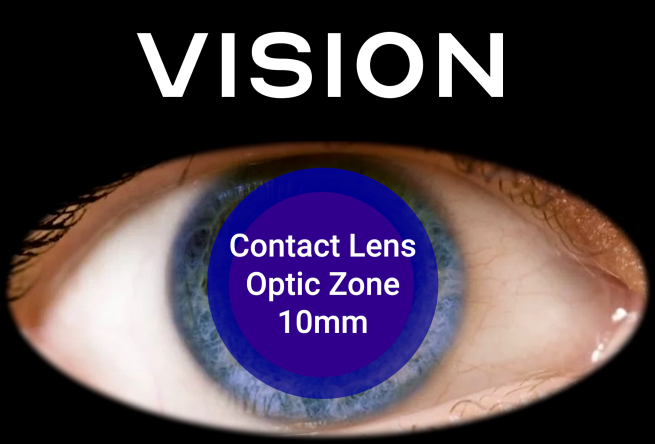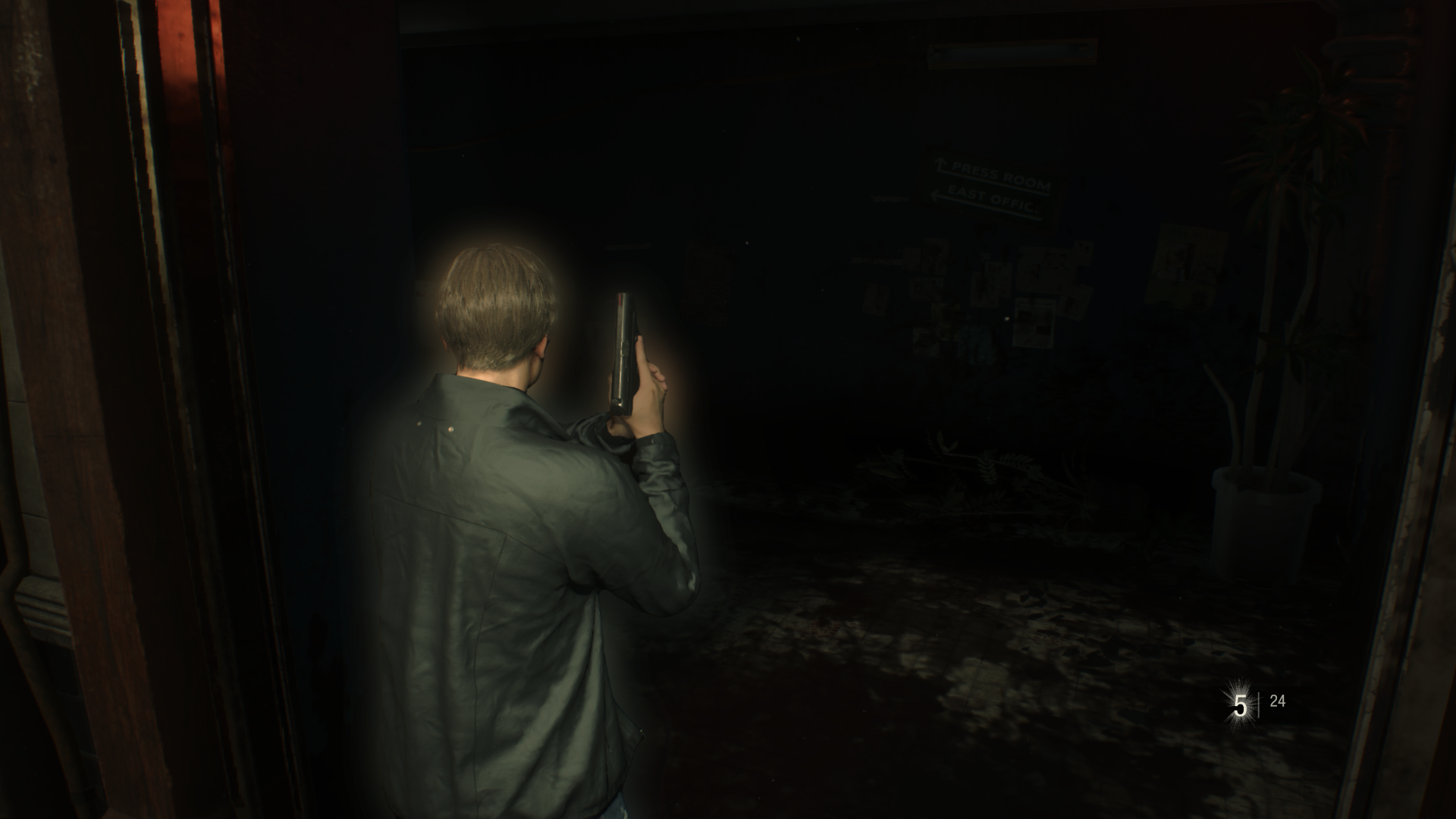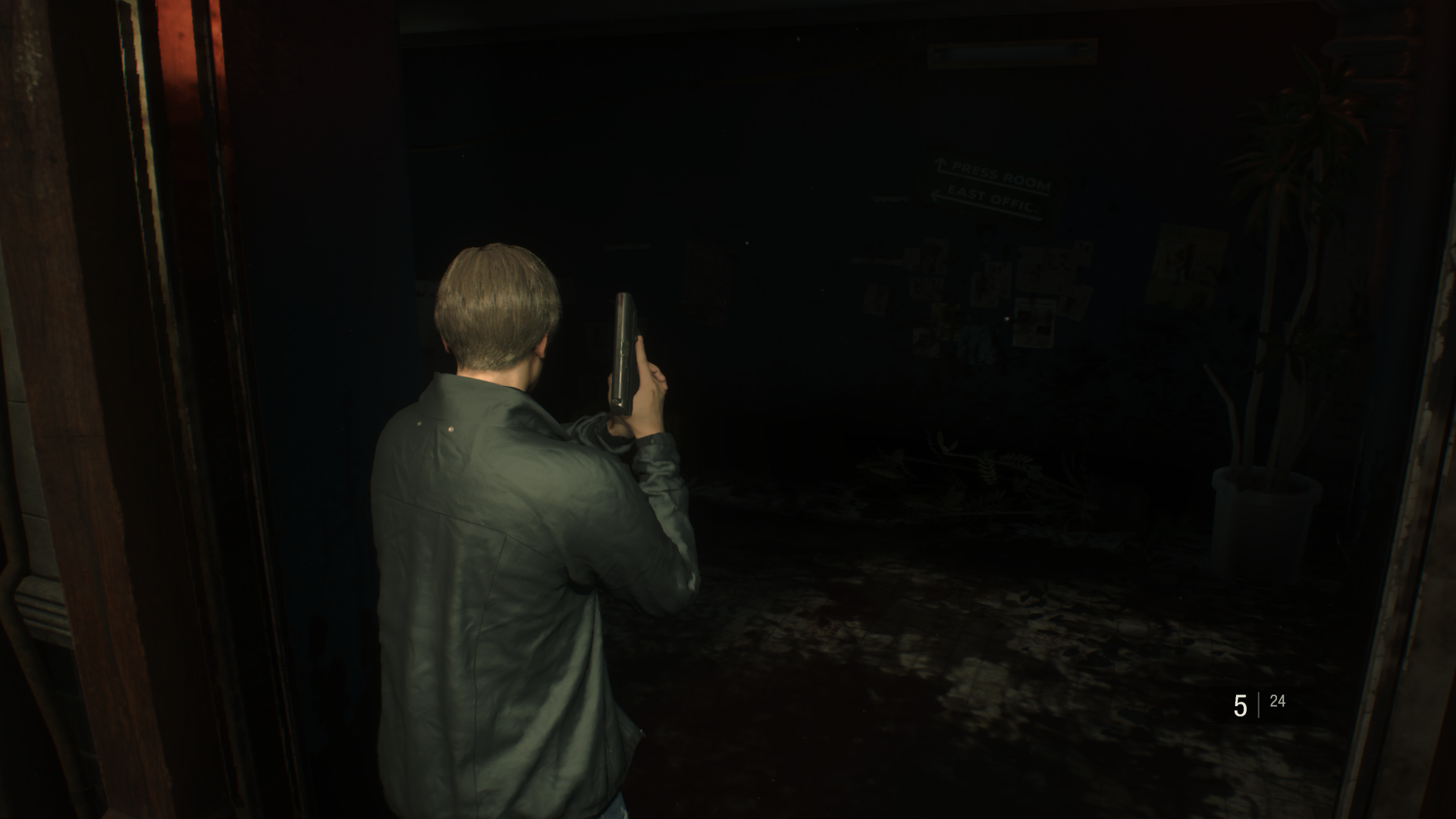Suggested Reading
We strongly recommend reading the following articles and books before making a final decision about LASIK surgery. These resources provide critical information that is often not disclosed by LASIK providers.
The New York Times Investigative Report
Blurred Vision, Burning Eyes: This Is a Lasik Success?
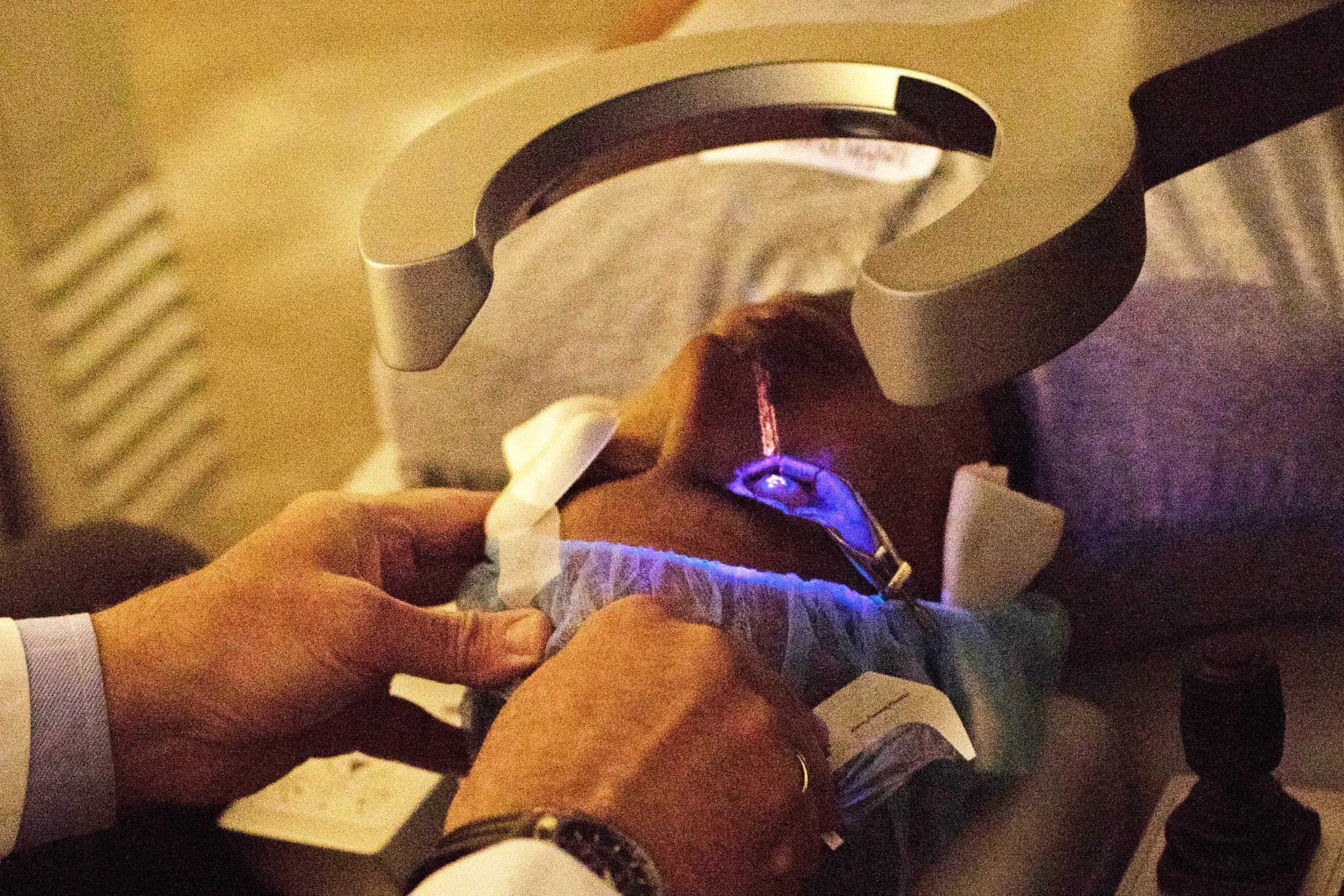
This comprehensive 2018 investigative report by The New York Times exposed the hidden risks and complications of LASIK surgery that the industry has long downplayed. The article features interviews with patients suffering from devastating complications, medical experts questioning the safety of the procedure, and revelations about how adverse events are systematically underreported.
Key findings from the article:
- Many patients experience serious, permanent complications
- Industry marketing often minimizes or conceals risks
- The FDA’s approval process relied on inadequate data
- Patients are frequently not properly informed before surgery
- Complications can be life-altering and irreversible
Morris Waxler’s Exposé
The Unsightly Truth of Laser Vision Correction: LASIK Surgery Makes Healthy Eyes Sick
By Dr. Morris Waxler, Former FDA Official
Dr. Morris Waxler was the FDA official responsible for approving LASIK in the 1990s. After reviewing post-market data, he concluded that the procedure should never have been approved and has since become one of the most vocal critics of LASIK surgery.
In this eye-opening book, Dr. Waxler:
- Reveals how LASIK was approved based on flawed and incomplete data
- Documents the true complication rates that far exceed what the industry claims
- Explains why he now believes LASIK should be taken off the market
- Exposes industry tactics used to suppress negative outcomes
- Provides a detailed insider’s perspective on FDA regulatory failures
From the book description:
“Dr. Morris Waxler, the man who approved LASIK for the FDA, now admits he made a mistake. He has spent the last decade trying to get the FDA to withdraw approval of LASIK. This book tells the story of why LASIK was approved, what went wrong, and why it should be taken off the market.”
Pupil Size vs Effective Optical Zone of LASIK treatment
Before considering LASIK, it’s vital to recognize what happens when your eyes are surgically limited to a smaller optical zone than nature intended. The laser reshapes only a portion of your cornea—much smaller than the large optical zone you have with glasses or contact lenses—and that difference can permanently affect how well you see at night or in low-light environments. Glasses or soft contacts can never correct for the surgically created small optical zone after LASIK.
Learn from eye doctors on this subject:
Next check out this table of typical contact lens optical zones for most brands (8-10mm):
https://www.reviewofoptometry.com/CMSDocuments/2019/08/rccl0819i.pdf
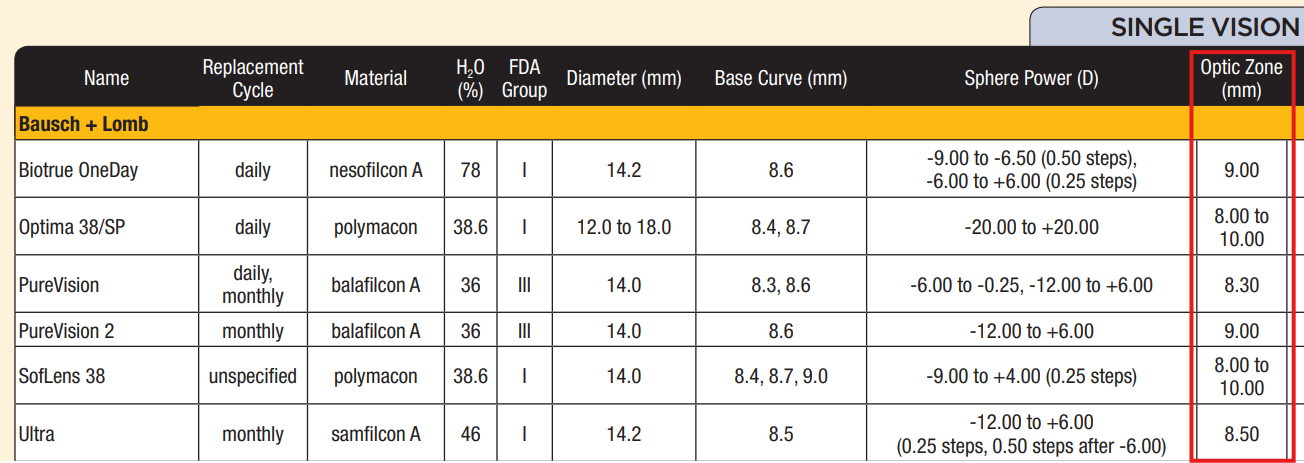
Finally compare to LASIK’s planned optical zone (effective OZ is smaller), from ScleralLens.com: “The diameter of a LASIK created treatment zone is 6.5 mm (more or less). In the earlier days of LASIK these treatment zones were much smaller. An 8.mm pupil diameter is considered to be extremely large. Also bear in mind that the cornea sits about 4.5 mm in front of the pupil. Because of this fact, the diameter of the treatment zone will need to be considerably larger than the diameter of the pupil in order for this patient to see clearly indoors and at night. (Think of a person with a large head wearing and looking through eyeglasses meant for a small child). This young man, to see clearly at night (assuming there are no other LASIK induced complications), will need a treatment zone approaching 12 mm. which is impossible to do."
Optical Zone Comparison:
The images below demonstrate how LASIK creates a permanently smaller optical zone compared to what glasses or contacts provide, especially problematic when pupils dilate at night (or simply in a dim movie theater or living room).
Halos caused by LASIK’s small optical zone comparison:
For further technical details about why a large enough optical zone to prevent this kind of vision loss isn’t possible with LASIK, PRK, SMILE, or ICLs, check out this in-depth discussion in ChatGPT..
“This isn’t a technology issue—it’s a biological + geometric limitation of the human eye.”
Electron Microscopy reveals permanent corneal damage from LASIK
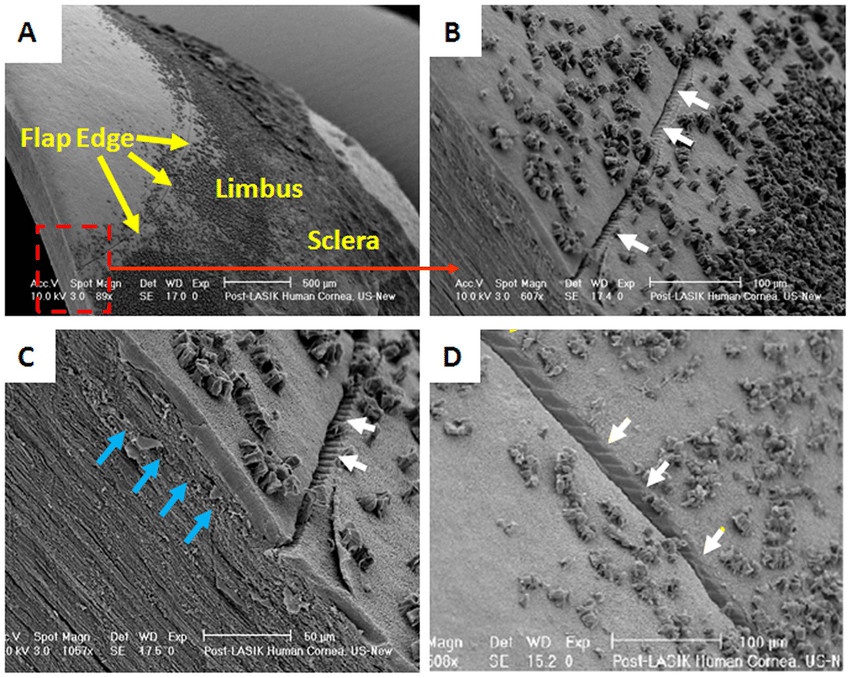
Why do most ophthalmologists not have eye surgery even they have medical conditions like myopia etc?
“This is a postmortem electron microscopy of a successful LASIK surgery performed 5 years previously. Ignore the lumpy-bumpies all over the place, they’re expected - look at the boundary in A, look at the cracks in B, C, and D. Where the yellow and white arrows are pointing. That’s where a flap was cut out of the front of the cornea, and resettled. In C, the blue arrows direct your attention to buckling in what should be smooth, flat layers of collagen.”
“Even if PRK goes well, it reduces your contrast sensitivity threshold. Guess what most of my scientific research depended on? Contrast sensitivity thresholds. Noping all the way away from that. Then noping some more.”
Why These Resources Matter
The LASIK industry has a long history of minimizing risks and overemphasizing benefits in their marketing materials. The resources above provide the balanced, evidence-based information that prospective patients need but rarely receive from LASIK surgeons.
Reading these materials before making a decision about LASIK could save you from a lifetime of complications and regret.
